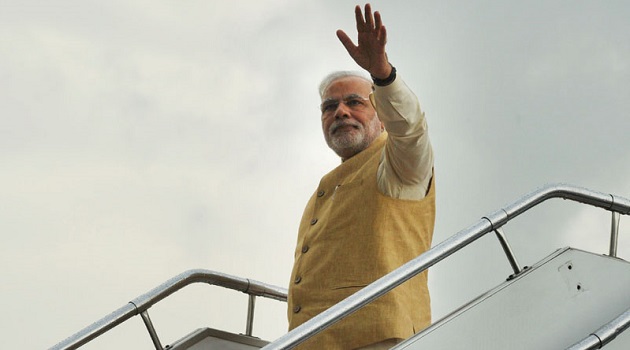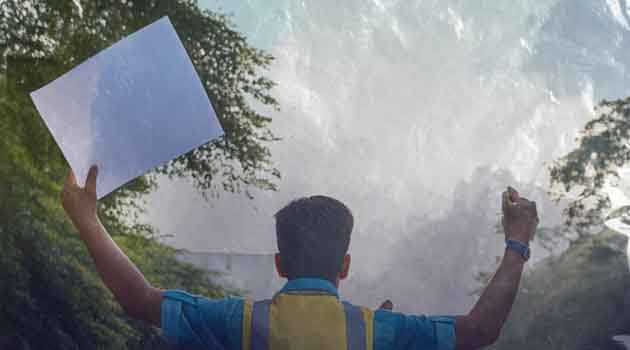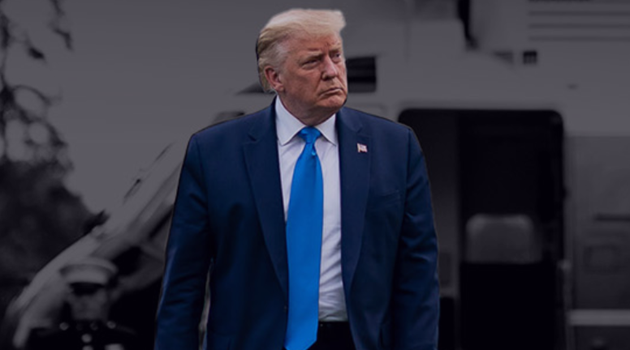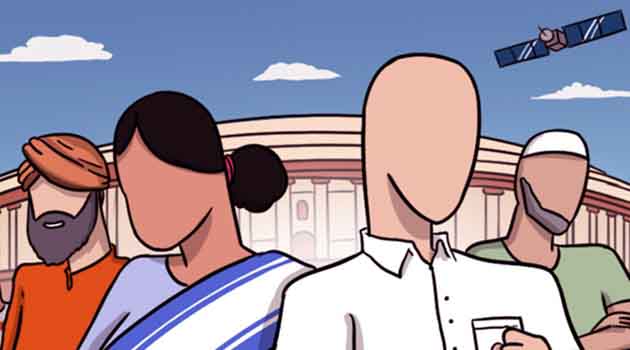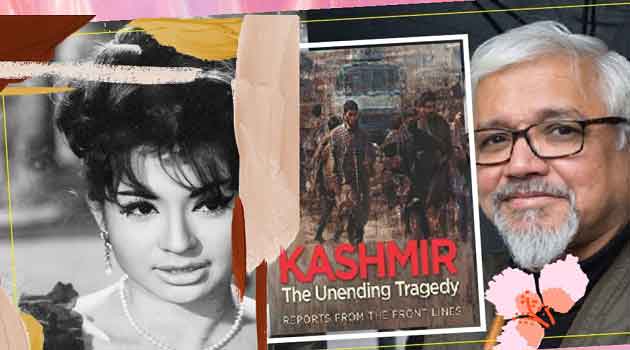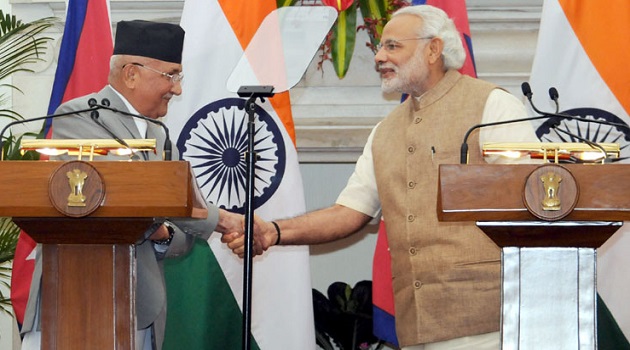
The Government of Nepal tabled a Constitution Amendment Bill on May 31, 2020 to adopt a New Map for the country. It led to a new controversy as the said political map included border areas of Lipulekh, Kalapani and Limpiyadhura as its territory. These areas are under the control of India and have never been a part of the Nepalese map.
Earlier, on May 8, 2020 Indian Defence Minister inaugurated the 80-km newly-constructed road in Uttarakhand to Lipulekh Pass through video conferencing. Nepal protested immediately and went to national and international media asking India to first resolve the border dispute through negotiation and then complete the road. Nepal termed it as ‘unilateral act’ with potentials to jeopardise the bilateral understanding. This led to fresh border row between India and Nepal which shares 1800 km of open border.
This has raised many pertinent issues as to why Nepal resorted to such extreme steps to jeopardise its relations with India at this time, when the world is battling with an invisible enemy- coronavirus. There are several reasons behind the Nepalese protest.
1.Don’t ignore the China angle
First, Nepal is being governed by a conglomeration of Left political parties. These political parties came to power with adequate majority in February 2018 hugely supported by China. China was instrumental towards bringing all Left oriented parties on one platform and helped them win the elections against Nepali Congress, which is regarded as pro-India.
India lost the influence that it had on Nepal, when Nepali Congress was routed, as India did not become pro-active in an aggressive manner owing to impending elections in Gujarat and Himachal Pradesh during the same time. Since then Nepal has totally drifted towards China and is acting as its stooge.
China presently is in thick soup owing to its role in COVID-19 pandemic and subsequent castigation by international community. China is also being cornered for its role in Hong Kong. All is not well for China both at domestic and international turf; and hence China has opened border confrontation with India and is provoking Nepal to do the same.
2.Indo-Nepal border disputes
Secondly, India has border dispute with Nepal in two areas: 372-sq km Kalapani and 148.6 sq km Susta. Road to Lipulekh is a part of Kalapani dispute. India has been showing Kalapani as part of Pithoragarh district of Uttarakhand state. Nepal has been objecting since 1998, claiming it a part of its Dharchula district including the Lipulekh, marked by Kalapani river, one of the headwaters of Kali River in the Himalayas.
India regards east of the pass as Nepalese territory and Lipulekh as tri-junction. China considers it as part of India, allowing it as route to Tibet. Earlier, Nepal first disputed it when on May 15, 2015 Indo-China joint statement included Lipulekh pass as bilateral trade route. Lipulekh pass in Kalapani is also a vantage point for India to keep an eye on Chinese movements. Kalapani is being manned by ITBP since 1962. It is quite ironical that today the same Nepal is objecting the road construction by India most obviously at the behest of China.
3.Bifurcation of Jammu & Kashmir
Thirdly, the dispute came into prominence in November 2019 when India released a new map after bifurcation of the state of Jammu and Kashmir. Nepal objected claiming that Indian map has wrongly included Nepal’s territory. This was rejected by India that it has not done any alteration of old boundary in the map.
Subsequently, Nepal released its new map in May 2020 including Kalapani, Lipulekh, and Limpiyadhura as part of its territory which was rejected and objected by India. Historically, number of claims and counter-claims are there by each side about Kalapani; yet Kalapani has continued to be under Indian control.
4.Route to Kailash Mansarovar
Fourthly, the road-in-dispute has religious, economic and strategic significance. It is one of the three arduous routes to Kailash Mansarovar in China which is revered as Lord Shiva’s abode by Hindus in India. Other two routes are through Sikkim and Kathmandu in Nepal. Route through Uttarakhand consists of three stretches- (i) 107.6 km-long road from Pithoragarh to Tawaghat; (ii) 19.5-km single lane road from Tawaghat to Ghatiabgarh; (iii) 80 km from Ghatiabgarh to Lipu Lekh Pass at the China border, negotiable only on foot. The third stretch takes nearly five days to traverse.
Government of India is converting second stretch into a two-lane road. 80-km third stretch is being converted to facilitate commutation through vehicle to shorten the time taken to travel. 76-km stands completed and last 4-km is expected to be completed by this year. Most part of pilgrimage journey through this route ensures on Indian territory unlike other two routes. It is of economic significance as it is also a trade route and Indians and Tibetans have been holding border trade at the Lipulekh Pass.
Lipulekh was closed by India in the wake of Indo-Chinese war in 1962 which continued till 1991, creating hardships for local’s trade with Tibet. The road is thus scheduled to facilitate business to both Nepal and China, yet they are working in tandem to pressurise India, to create a regional theatre of escalated conflict which would help divert the attention of major powers of the world.
5.The Line of Actual Control
Fifthly, situated at over 17,000 feet altitude, Lipulekh runs along the Line of Actual Control (LAC) between India and China, thus of great strategic significance. The area falls at the tri-junction of India, China and Nepal. China also threatened to enter Kalapani when Dokalam stand-off took place.
Therefore, given its strategic significance, China has been poking Nepal to get aggressive in its protest against India. Sino-Indian Border along the LAC in Ladakh is already heated and many experts have started anticipating bilateral war. Nepal acting as China’s stooge, is trying to strengthen its ties with China by being loyal to an extra bit.
Therefore, KP Sharma Oli’s Left government in Nepal being pro-China and given their relationship, the protest has been more at the behest of China which has been pro-active to enhance its influence in India’s neighbourhood. It could also be Chinese pressure tactics to force India to soften its stand and support China when global majority is castigating it on COVID-19. China is placing all its cards in South Asia strategically to keep the South Asian geopolitics in its favour.
